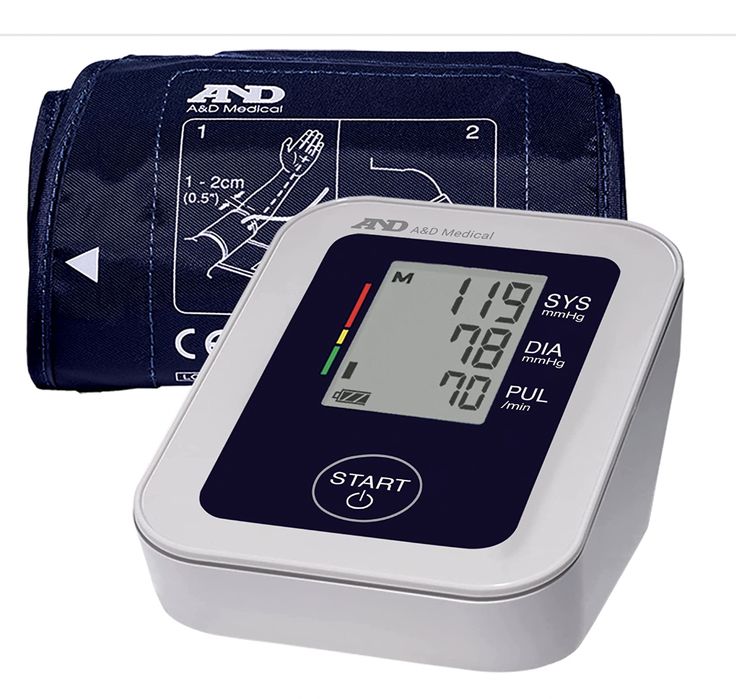Shopping for a blood pressure monitor? You’re not alone. With hypertension on the rise, millions are investing in digital monitors for daily health tracking. But with so many options—cuffs, brands, features—it’s easy to get overwhelmed.
Here’s your 2025 buyer’s guide to choosing the best blood pressure monitor for home use.
Why You Need a Blood Pressure Monitor
Before you buy, let’s answer the question: why do I need a blood pressure monitor?
-
Preventive care: Monitor your levels before they become a problem.
-
Chronic condition management: Hypertension, heart disease, kidney issues.
-
Medication tracking: Understand how your meds affect blood pressure.
-
Pregnancy and elderly care: Stay alert to sudden changes in vitals.
Key Features to Look For
-
Accuracy & Validation
-
Go for clinically validated devices (look for ESH or AAMI standards).
-
Avoid off-brand or untested models.
-
-
Cuff Size and Type
-
Upper-arm cuffs are more accurate than wrist versions.
-
Ensure it fits your arm size (too tight or too loose can skew results).
-
-
Ease of Use
-
Look for large displays, one-button operation, and intuitive navigation.
-
-
Memory Function
-
Useful for tracking multiple readings over time.
-
Some models allow two-user modes—great for couples.
-
-
Bluetooth or App Syncing
-
Sync with apps like Apple Health or Google Fit.
-
Helpful for sharing results with doctors or caregivers.
-
-
Symbols and Alerts
-
Heart symbol? It may detect irregular heartbeats.
-
High/low alerts and error messages help improve accuracy.
-
-
Power Source
-
Battery vs. USB: Pick what’s more convenient for your lifestyle.
-
Auto shut-off helps save battery life.
-
Top Brands to Consider in 2025
-
Omron: Widely trusted, offers smart models like the 5 or 7 series.
-
Beurer: Known for sleek designs and reliable readings.
-
Bodytrace: Offers Bluetooth sync for remote health tracking.
-
A&D Medical: A solid choice for those needing pro-level accuracy.
Looking for the best monitor for babies or toddlers? Look for pediatric cuff support and validated data accuracy.
What’s the Deal with Smart Monitors?
Smart monitors are more than just flashy tech. With cloud backups, trend graphs, and integration with virtual care platforms, they bring a whole new level of convenience. Some even send automatic alerts to your doctor in case of abnormalities.
How Much Should You Spend?
-
Budget Models (£20–£40): Basic but functional. Good for occasional users.
-
Mid-Range (£40–£80): Better memory, accuracy, and comfort.
-
High-End (£80+): Smart features, multi-user modes, and pro-level precision.
Do You Need a Professional Model?
Unless you have a specific medical condition requiring precision, a home-use monitor is more than enough. If unsure, consult your GP before purchase.
Where to Buy?
You can find a range of options on:
-
Amazon
-
Boots Pharmacy
-
Argos
-
Specialized medical equipment websites
Make sure to check for reviews, especially for accuracy and cuff comfort.
Final Thoughts
A good blood pressure monitor isn’t just a device—it’s a step toward better health awareness. Whether you’re managing a condition or just staying proactive, choosing the right one can make all the difference.
Ready to monitor your health like a pro? Shop our best-selling blood pressure monitors now and take the first step toward smarter, safer living.

